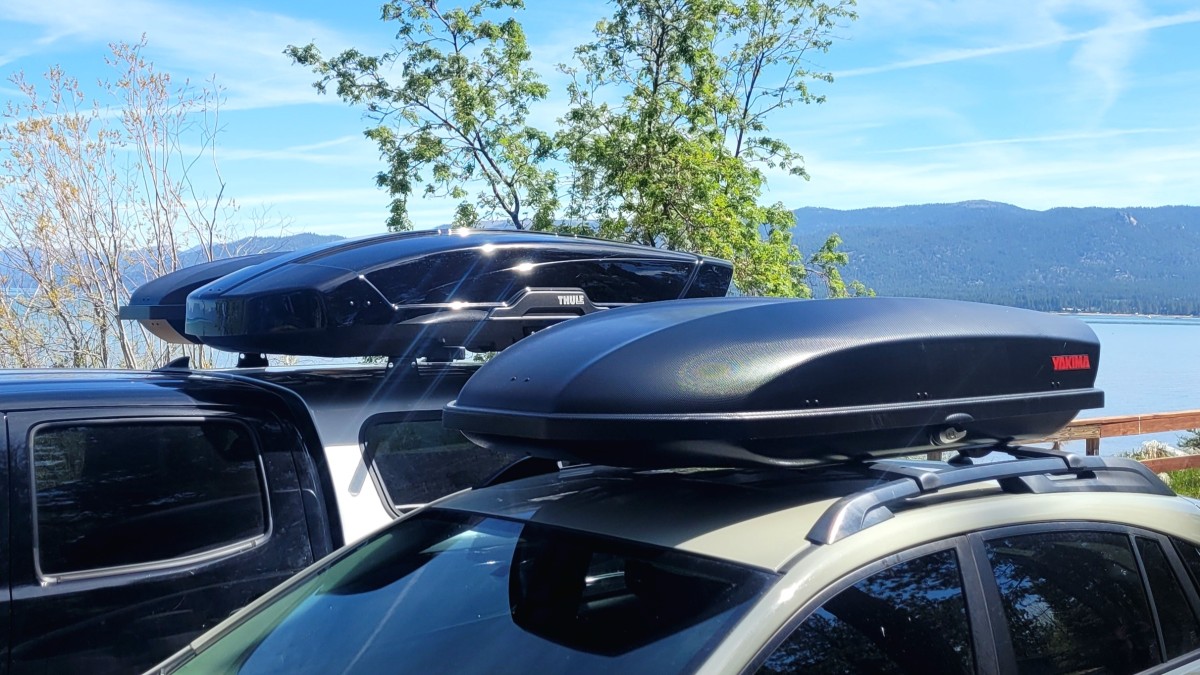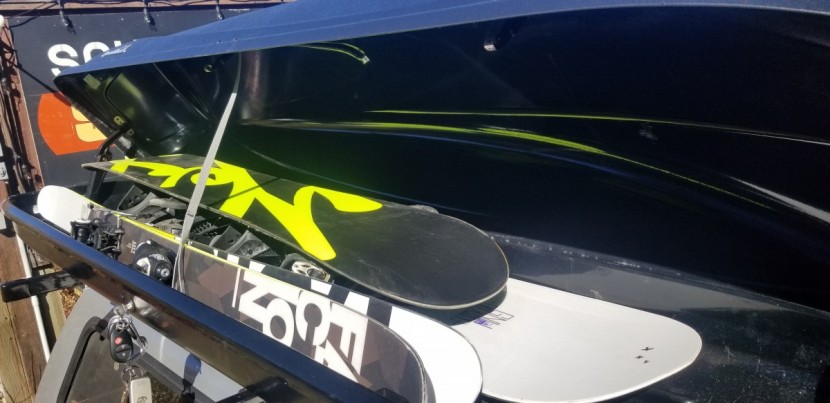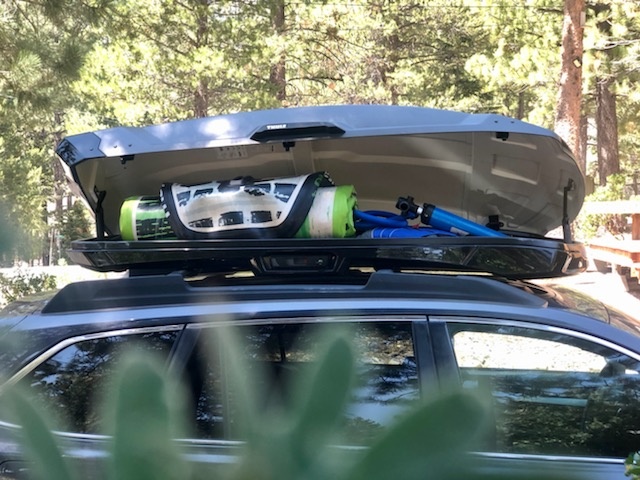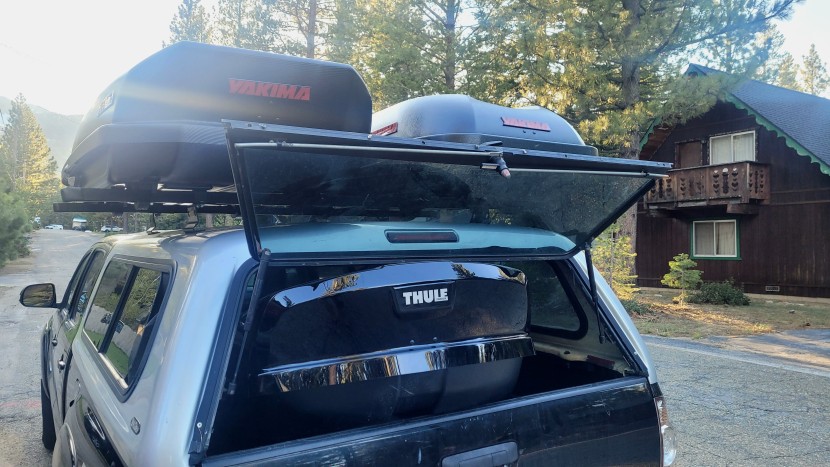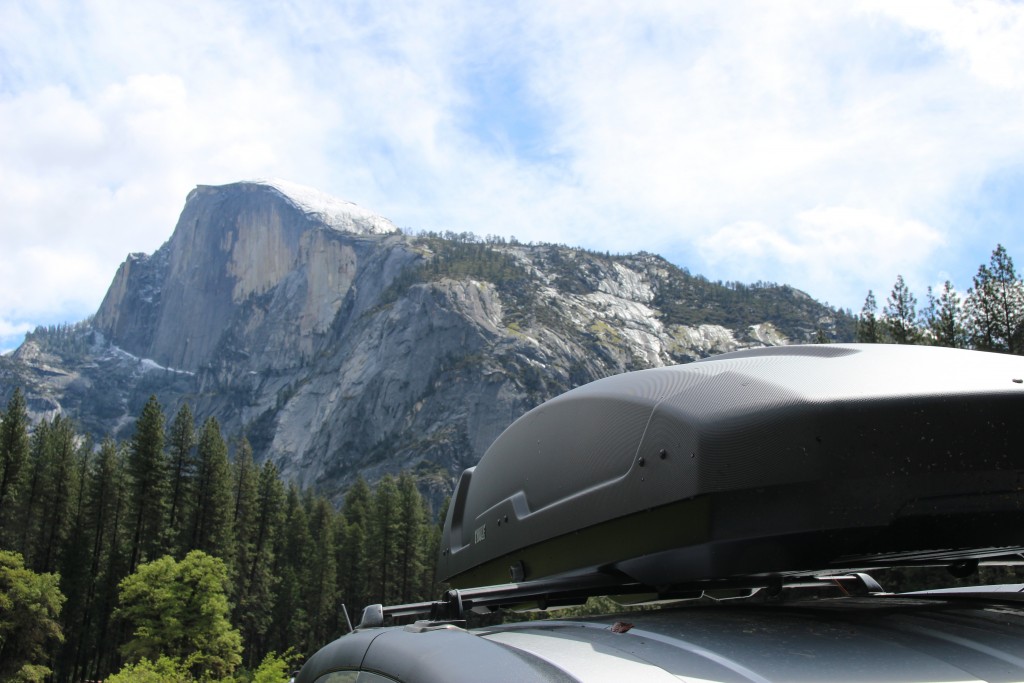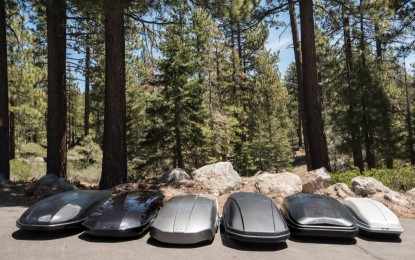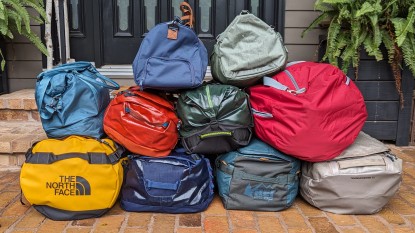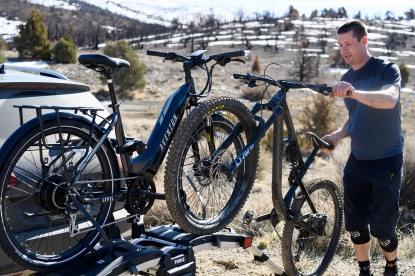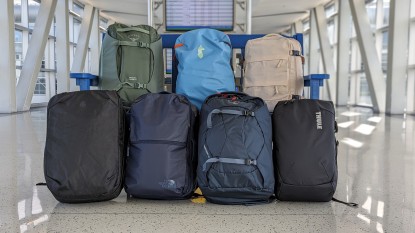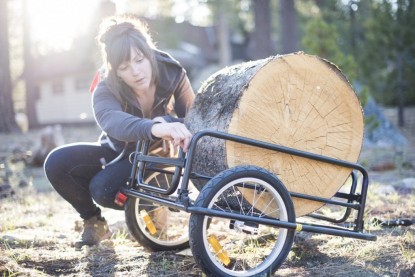As we drove around the western states to test cargo boxes, we noticed that they became increasingly common on vehicles near mountain towns and popular outdoor recreation areas. We stealthily paid attention to the types of gear people were unloading from their boxes and consulted our friends about how they use their cargo boxes. In addition to real-life observations, we spent hours researching boxes online and reading user reviews to get an idea of what most consumers are seeking in their cargo boxes. Through a combination of our hands-on testing, interviews with friends and strangers, and poring over user reviews, we compiled a list of things to consider when shopping for a cargo box. Whether you're a weekend warrior looking to add extra space to your small car or a committed adventure junkie on the never-ending road trip, this article will help you narrow down the features that will be most important to you in your search for the perfect box. If you already know what you're looking for, hop on over to our best cargo box review to see our comparisons of some of the most popular boxes on the market today.
Choosing the Perfect Cargo Box
Type of Storage
The first question we recommend asking is what, exactly, are you looking to carry? If you want to carry skis, you'll need a “long and lean” style which is almost always a more expensive product. If you're looking for a little extra storage for family camping trips or short golf vacations, a smaller “short and stumpy” model may be able to suit all your needs for a fraction of the cost. You don't need to narrow down your ski season to find an exact fit just yet, though: all of the “long and lean” models we tested for this review come in various sizes that will accommodate even the tallest of skiers. The general shape is all you need to consider first, letting you choose between the “short and stumpy” or “long and lean.”
Additionally, all the cargo boxes in this review are hard-sided, but depending on your needs, a soft roof bag may be a good option. Less expensive but also less durable than a box, roof bags have the added convenience of being able to fold and store away, making them a great option for travelers with only occasional rooftop storage needs. Typically much cheaper, roof bags are well suited to camping and luggage but are not a viable option for ski gear.
Gas Mileage
Our research has found that cargo box buyers seem to be very concerned with their gas mileage, but we can honestly report that we never noticed a difference during any of our tests. On multiple cars with various drivers, both in town and on the highway, our team reported zero effects on their gas mileage or vehicle handling. Additionally, we never heard a peep from our roof boxes despite testing them in high winds and on bumpy roads. Because of this, you can confidently choose the best box based on the day-to-day elements that make it enjoyable to use.
Frequency of Use
After ruling out a cargo bag and deciding between the “short and stumpy” or “long and lean” boxes, we'd ask you to think about how often you will use your cargo box. If you plan on installing it and leaving it there for months (or years), the ease of mounting won't be as big of a factor for you. Keep in mind, though, that cargo boxes are not designed to be driven empty, especially at high speeds, so if you don't plan on using your box for long-term storage, you probably want to take it off in between uses. If this is true for you, or if you park in a garage that doesn't fit a roof box, the ease of mounting will make a big difference in your enjoyment of the product. If mounting is a one-time hassle for you, you can focus more of your attention on the ease of opening and closing the box. In this case, we'd suggest you look more at the details of the handles and pick one with a great ergonomic design that makes accessing your belongings smooth and painless.
Volume
The “long and lean” boxes in our review are all similar in size, so we based our judgment of each product's value on their details, not their storage capacity. Some of these boxes are offered in a wide variety of sizes, while some come just as they are, so we encourage you to pick the box that's best for you and then check out its size options. Every “long and lean” model that we tested comes in at least two different sizes, and as we loaded our skis in and out of all of them, we found that the manufacturer's recommendations for maximum ski length were always accurate.
Vehicle Compatibility
Depending on the size and type of your vehicle, some boxes may be a better fit than others. While we never had an issue with the rear hatch being blocked by the box, you may want to check with the manufacturer's recommendations if you drive a small car or hatchback. Additionally, some smaller boxes were hard to access on top of big cars, so we recommend the “short and stumpy” boxes for small cars only. All the boxes that we reviewed had universal installation systems that allowed them to be mounted on any crossbars, but it is always worth double-checking before you buy.
If you plan to purchase a Thule model, they have a useful online tool to determine which boxes will fit on your vehicle. Yakima has a similar feature at the top of their websitefor cargo boxes.

